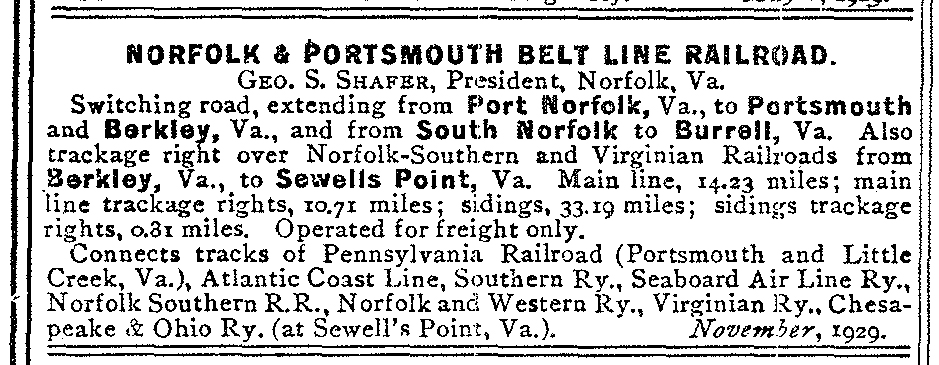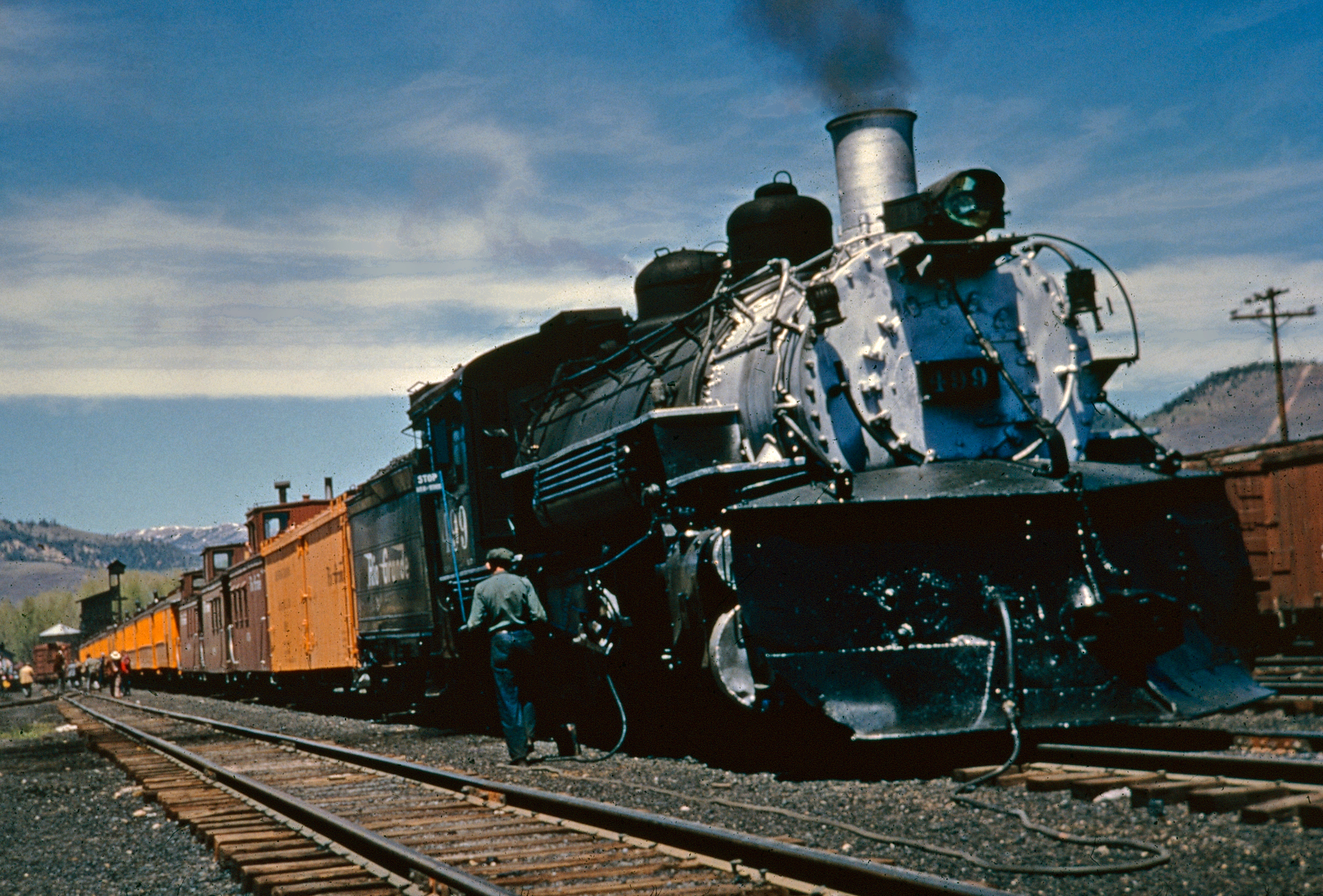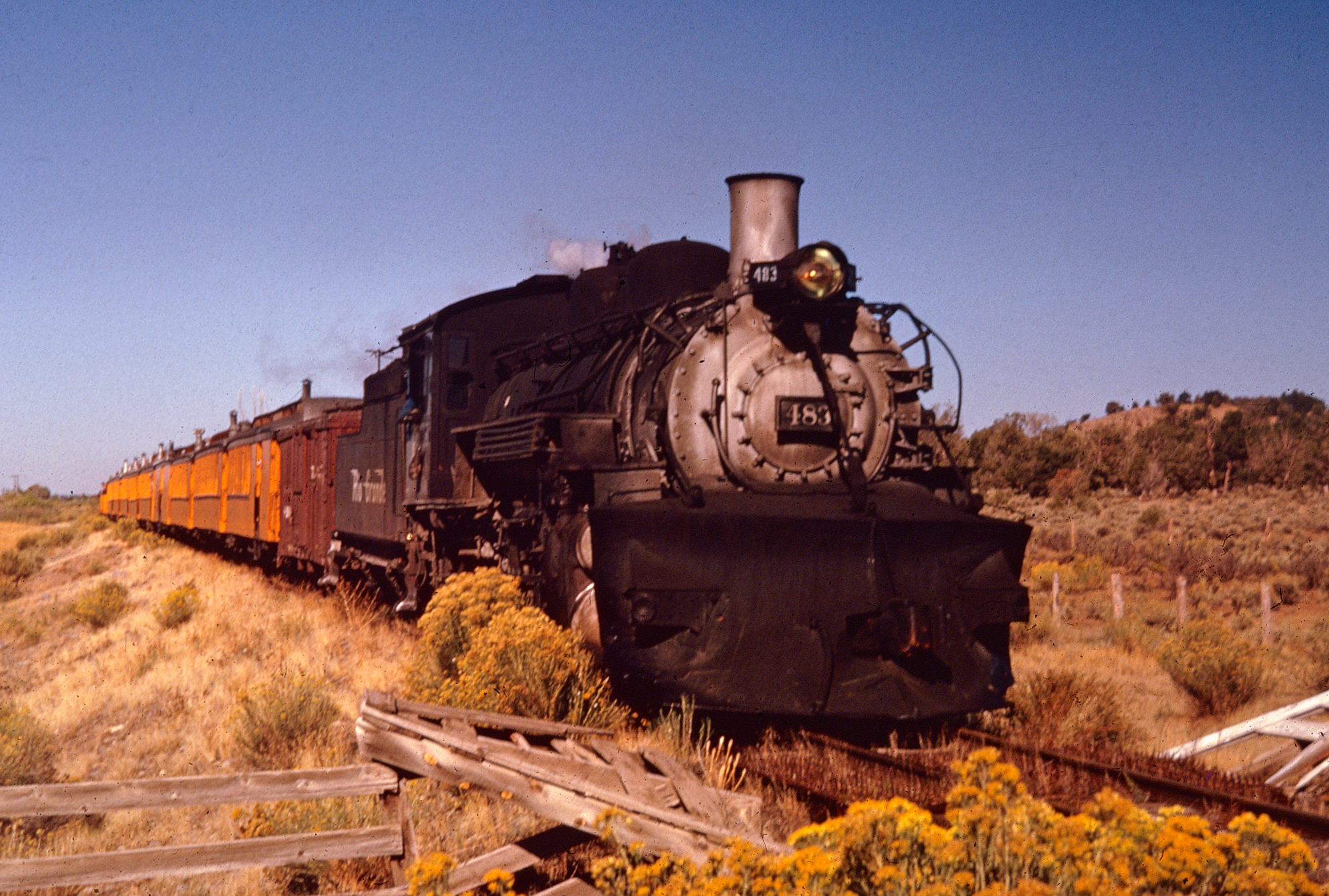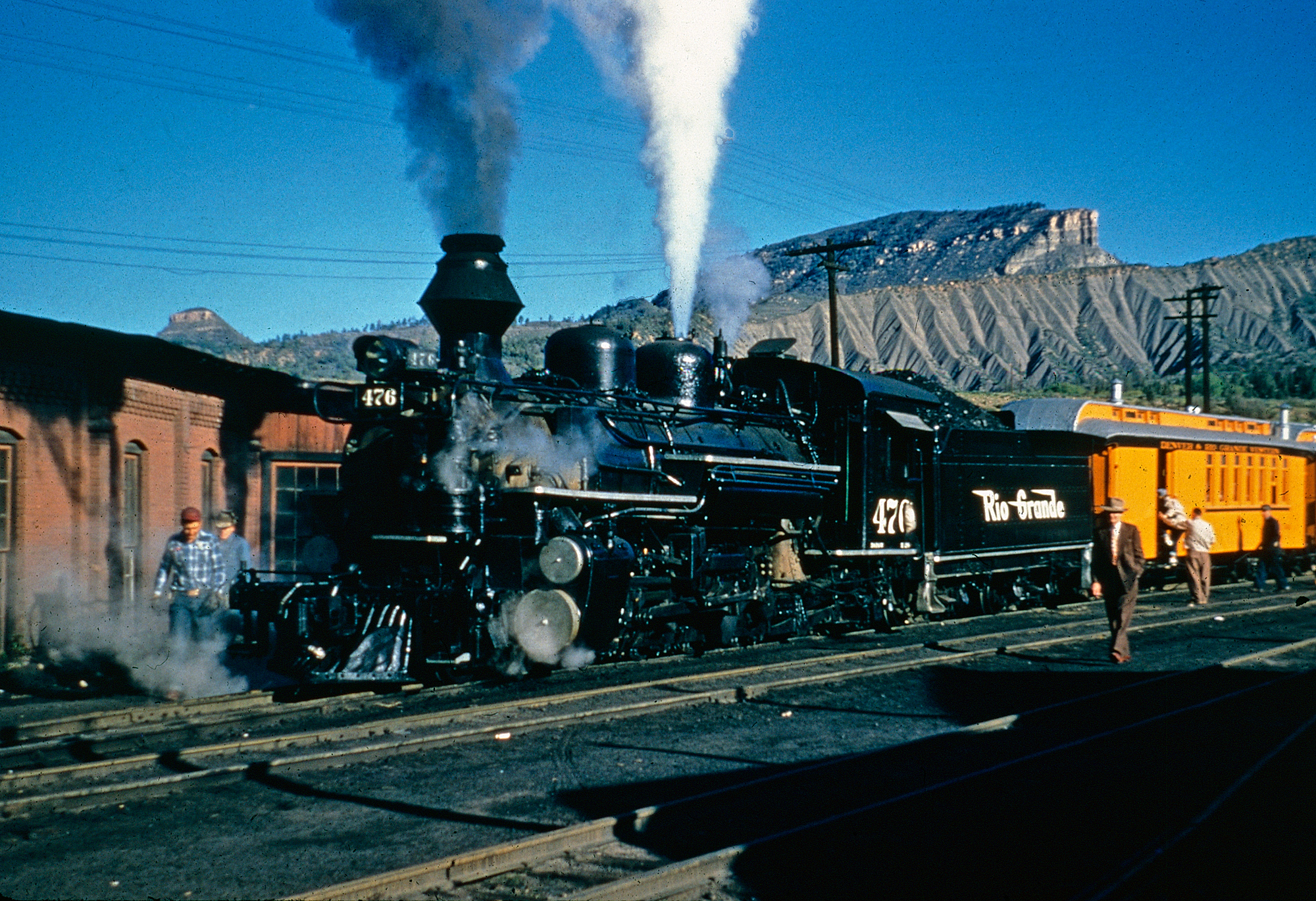Norfolk & Portsmouth Belt Line Railroad: Serving Tidewater
Last revised: September 18, 2024
By: Adam Burns
In the bustling port cities of Norfolk and Portsmouth, Virginia, where the Elizabeth River meets the Chesapeake Bay, a network of rails has quietly facilitated commerce for over a century.
This is the story of the Norfolk and Portsmouth Belt Line Railroad (NPBL), a vital yet often overlooked player in the region's transportation history.
More than just a belt line, the NPBL has served as a crucial link, connecting industries, railroads, and shipping interests, shaping the economic landscape of Hampton Roads.
Established in the late 19th century and jointly owned by most of Virginia's notable Class 1 carriers, the N&PBL is today owned by successors Norfolk Southern (57%) and CSX Transportation (43%).
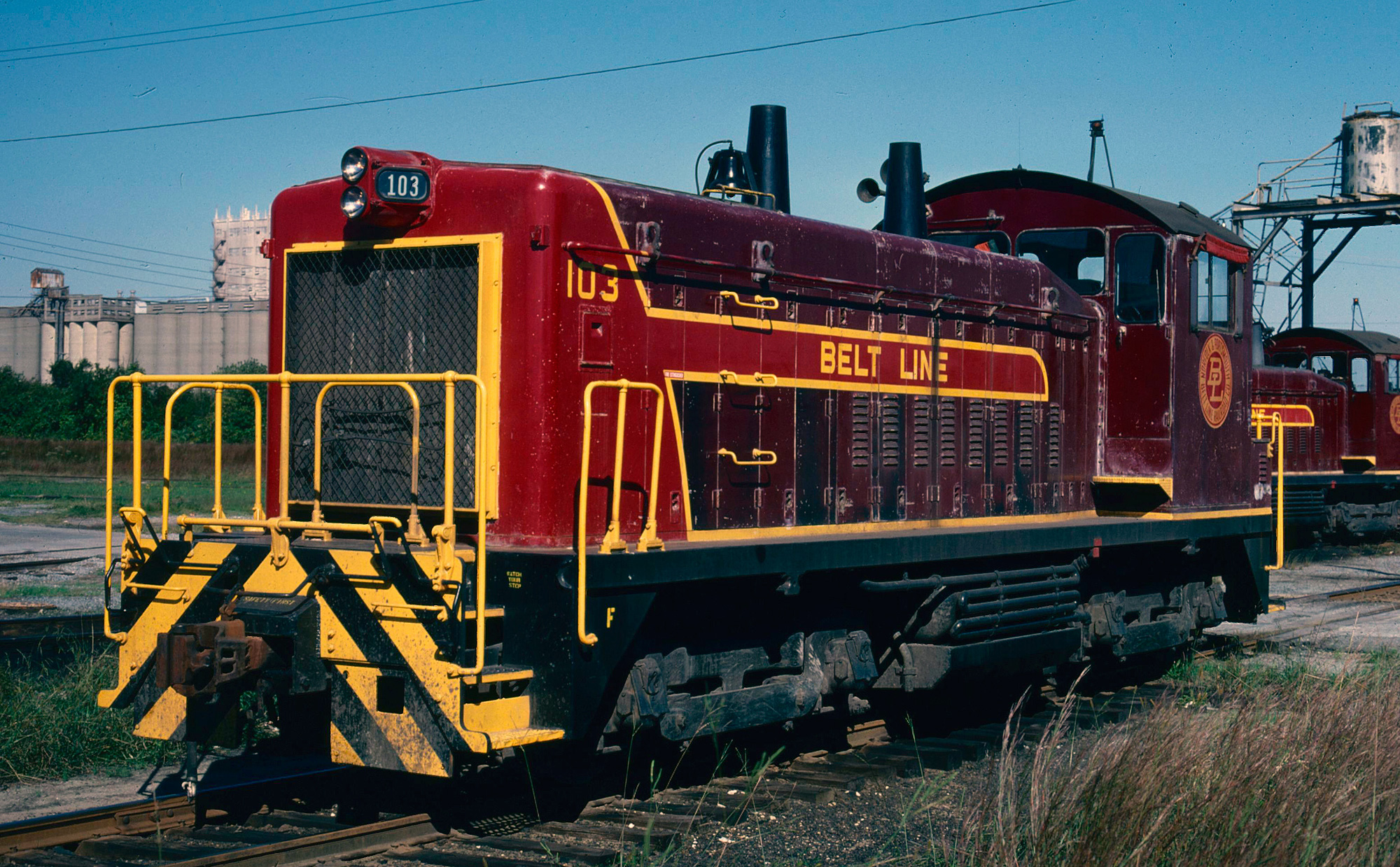 Norfolk & Portsmouth Belt Line SW1200 #103 was photographed here by Joe Kmetz in Norfolk, Virginia on October 6, 1979. American-Rails.com collection.
Norfolk & Portsmouth Belt Line SW1200 #103 was photographed here by Joe Kmetz in Norfolk, Virginia on October 6, 1979. American-Rails.com collection.History
The NPBL's origins can be traced back to the late 19th century, a time of significant industrial growth in the United States. Norfolk and Portsmouth, strategically positioned on the Atlantic coast, were emerging as major centers for shipbuilding, coal exporting, and general cargo handling.
Recognizing the need for a dedicated rail line to streamline the movement of goods within and between these burgeoning port cities, the system was originally incorporated as the Southeastern & Atlantic Railroad Company on March 4, 1896 by the State of Virginia.
Its 26-mile system connected Norfolk, Portsmouth, and Chesapeake and achieved its current name on January 12, 1898. The Belt Line was initially formed by a consortium of eight Class I's: Norfolk & Western, Chesapeake & Ohio, Southern Railway; New York, Philadelphia & Norfolk (PRR); Atlantic & Danville Railway; Atlantic Coast Line; the original Norfolk Southern Railway, and Seaboard Air Line. Its rich history also included the 1910 acquisition of the Elizabeth River Railroad.
From its inception, the NPBL operated as a neutral switching carrier, meaning it did not own any locomotives or rolling stock. Instead, it generated revenue by charging a fee to the major railroads for moving their freight cars between industries and interchange points along its line.
This unique business model proved highly successful, as it allowed the NPBL to remain profitable without the significant capital investment required to maintain a fleet of locomotives.
The early 20th century witnessed tremendous growth for the NPBL. The expansion of the Panama Canal in 1914, coupled with the surge in demand for coal and other war materials during World War I, transformed Hampton Roads into a global shipping hub.
The NPBL, perfectly positioned to capitalize on this boom, saw its traffic levels soar. To accommodate the increased demand, the railroad invested heavily in infrastructure improvements, adding trackage, sidings, and modern switching equipment.
Throughout the mid-20th century, the NPBL continued to thrive, adapting to the evolving needs of its customers. The rise of trucking in the post-World War II era led to a decline in traditional rail freight traffic, but the NPBL's strategic location and connections to the port ensured its continued relevance. The railroad shifted its focus to handling bulk commodities, such as coal, grain, and chemicals, which remained heavily reliant on rail transportation.
The late 20th century brought significant changes to the railroad industry, with mergers and consolidations reshaping the landscape. Through mergers and consolidations the system's controlling roads has since dwindled to only CSX and Norfolk Southern today.
The early 21st century presented new challenges and opportunities for the NPBL. The global economic downturn of 2008-2009 led to a temporary decline in freight traffic, but the railroad weathered the storm thanks to its diverse customer base and essential role in the supply chain. In recent years, the NPBL has benefited from the resurgence of American manufacturing and the continued growth of the Port of Virginia, which has invested heavily in infrastructure improvements to accommodate larger container ships.
Today
Today, the Norfolk and Portsmouth Belt Line Railroad remains a vital cog in the Hampton Roads transportation network. Operating approximately 26 miles of track, the NPBL serves over 50 customers, handling a diverse range of commodities, including forest products, steel, plastics, chemicals, and agricultural goods.
The railroad's six modern locomotives work tirelessly, switching thousands of freight cars annually, ensuring the smooth flow of goods within and beyond the region.
The NPBL's story is a testament to the enduring importance of shortline railroads in the American economy. For over a century, this often-unheralded railroad has quietly connected industries, facilitated trade, and supported economic growth in the Hampton Roads region.
As the Port of Virginia continues to expand and the demand for efficient freight transportation grows, the Norfolk and Portsmouth Belt Line Railroad remains well-positioned to play a vital role in the region's economic future for many years to come.
Recent Articles
-
Rio Grande 2-8-2 Locomotives (K-37): Specs, Roster, Photos
Apr 15, 25 12:57 PM
Rio Grande's Class K-37 Mikes were itsdge steamers to enter service in the late 1920s. Today, all but two survive. -
Rio Grande 2-8-2 Locomotives (K-36): Specs, Roster, Photos
Apr 15, 25 11:09 AM
The Rio Grande's K-36 2-8-2s were its last new Mikados purchased for narrow-gauge use. Today, all but one survives. -
Rio Grande 2-8-2 Locomotives (Class K-28): Specs, Roster, Photos
Apr 14, 25 10:24 PM
Rio Grande's Class K-28 Mikados were its newest narrow-gauge steam locomotives since the Mudhens of the early 1900s. Today, three survive.
